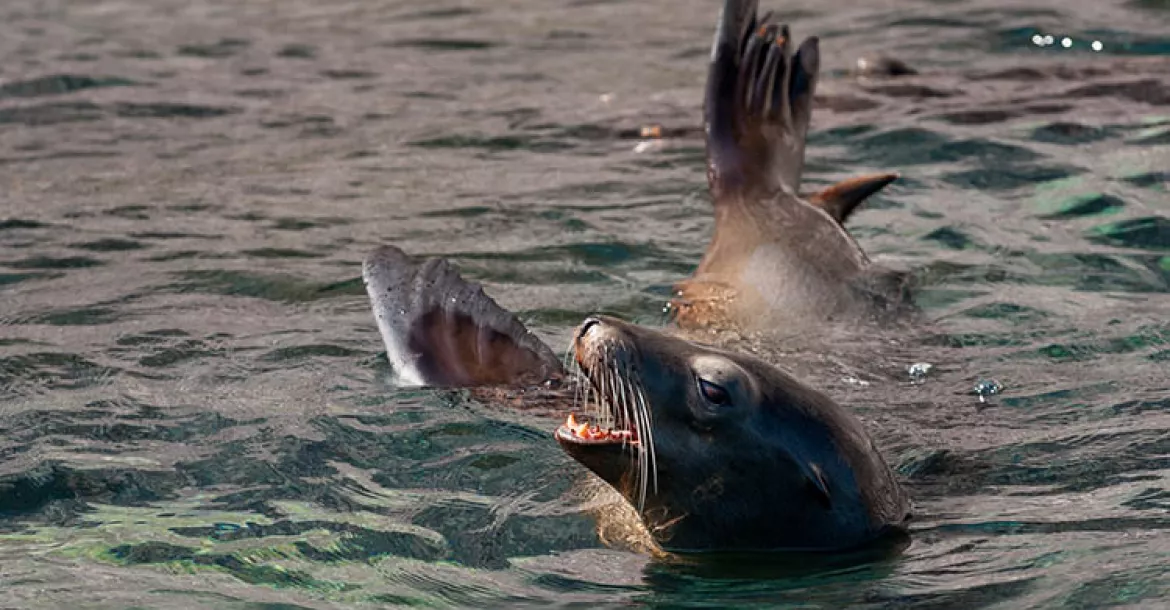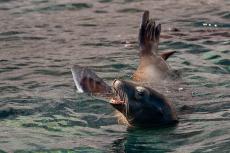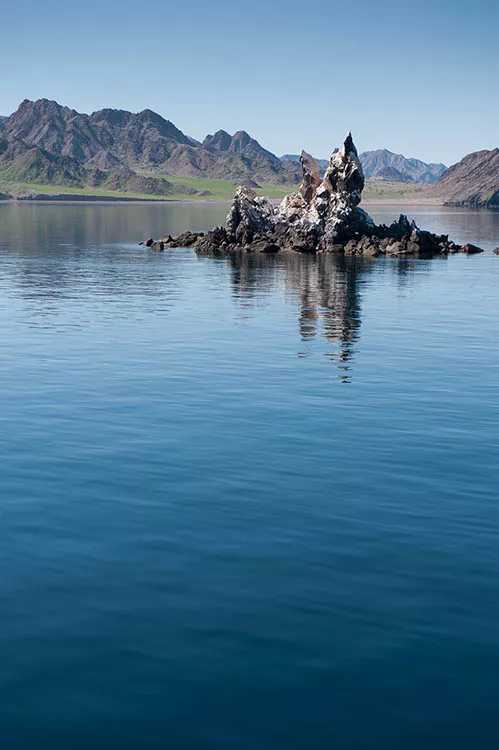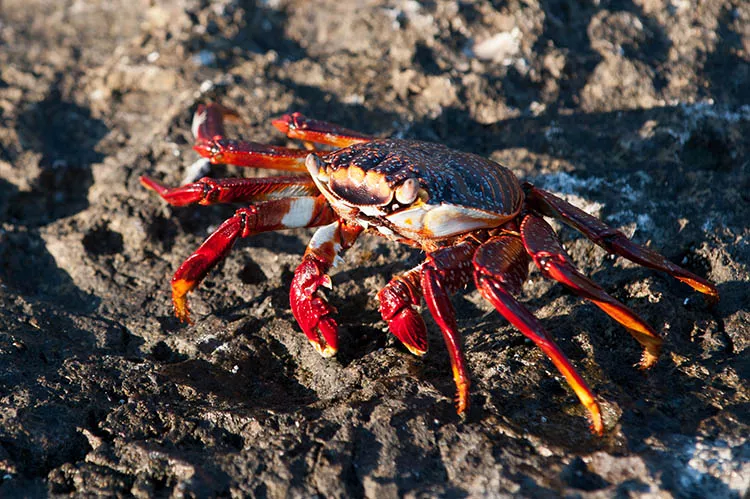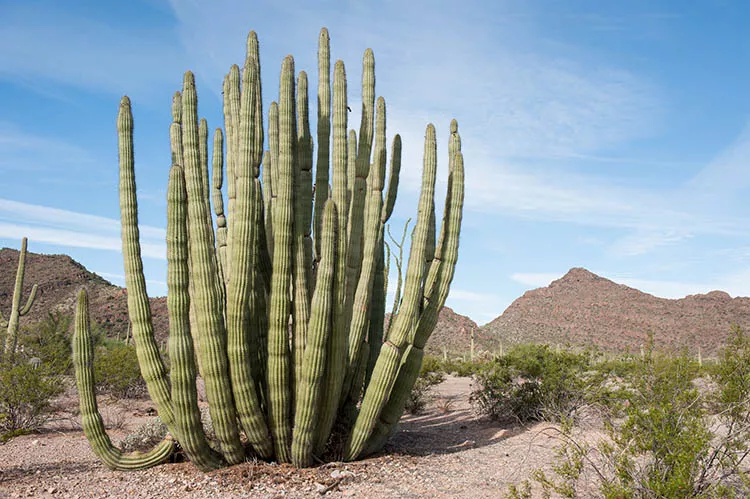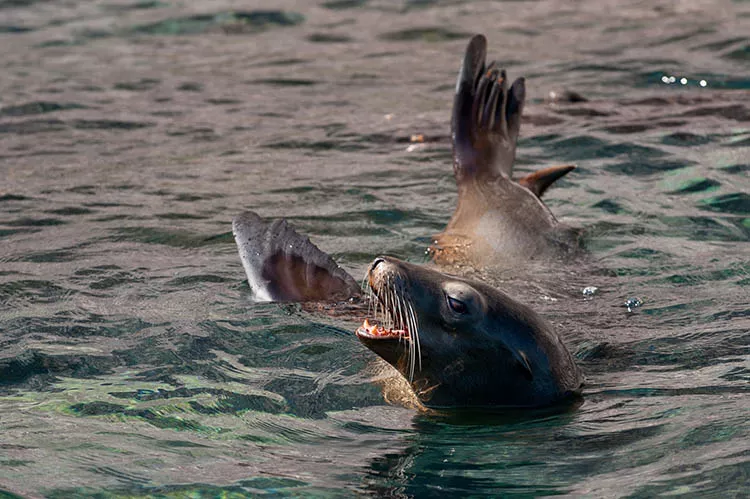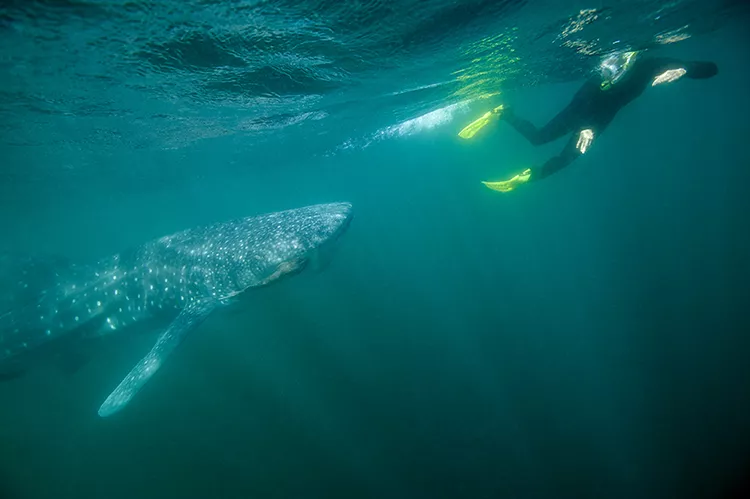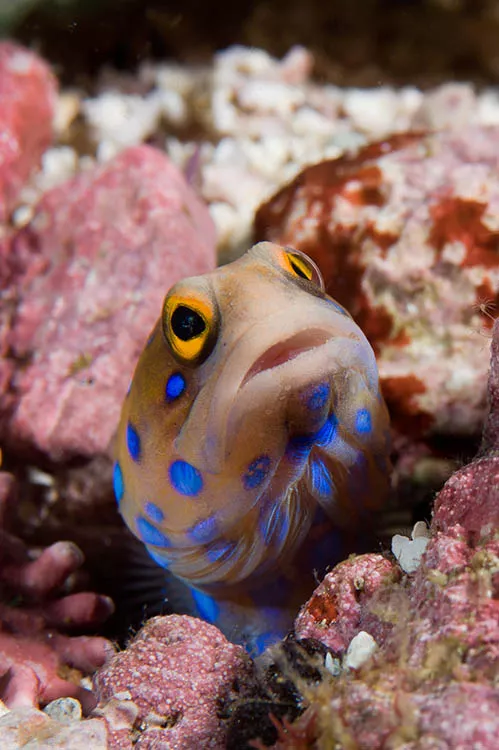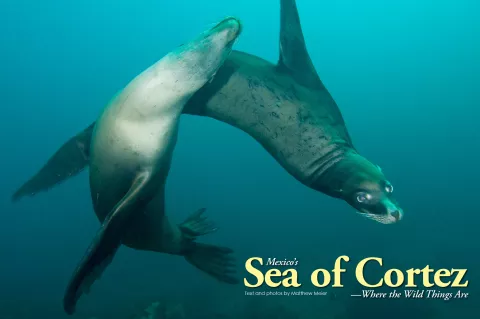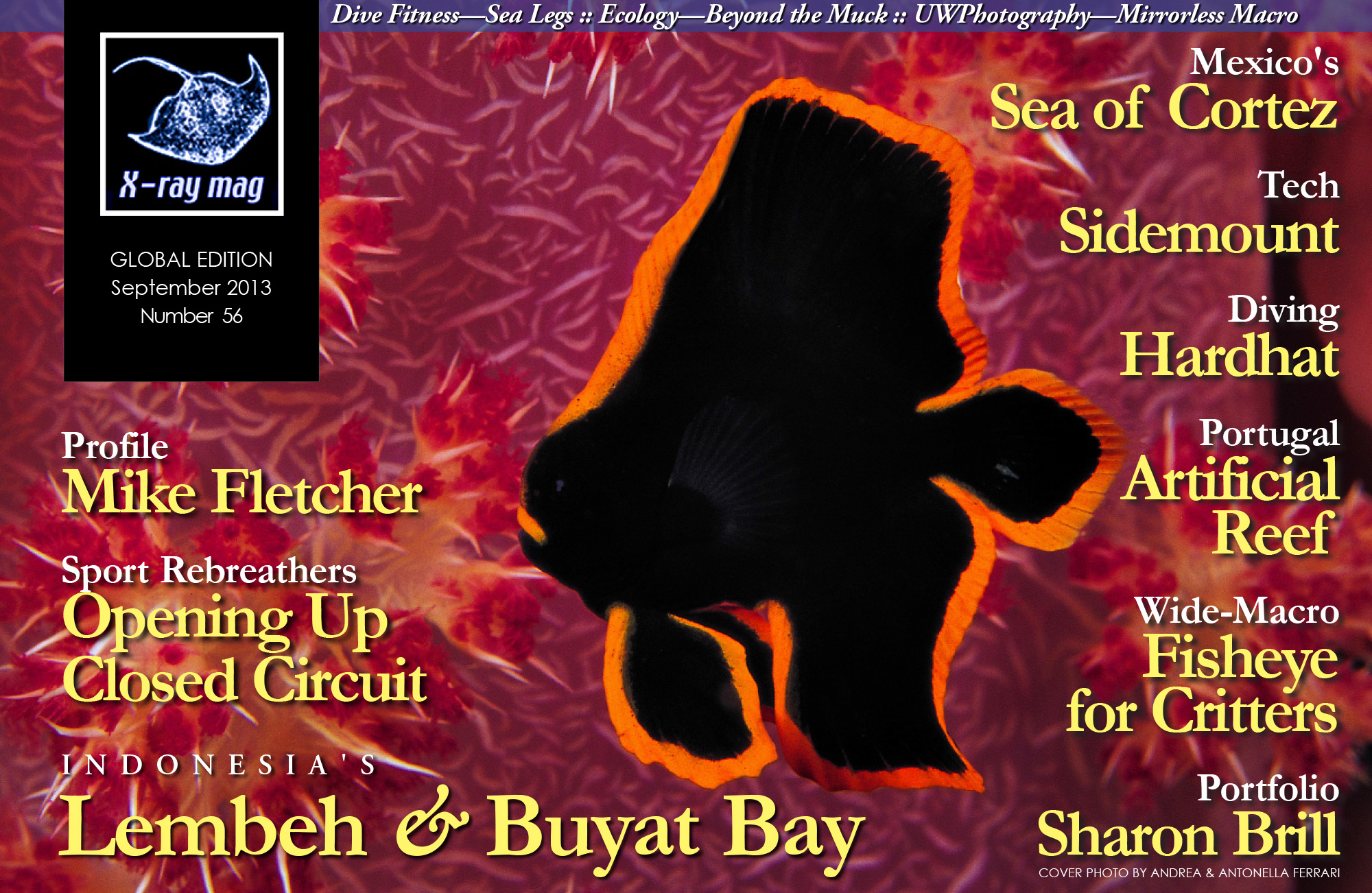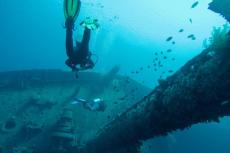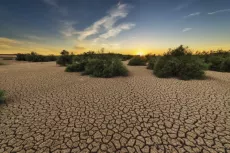Whale shark, whale shark, whale shark! After several unsuccessful hours of searching the bay by small boat, these long-awaited words came as a welcome relief. Only a handful of us had heard the radio call after opting to stay behind and skip the last dive of the trip.
Contributed by
Factfile
Matthew Meier is a professional underwater photographer and travel writer based in San Diego, California.
To see more of his work and to order photo prints, please visit: matthewmeierphoto.com.
The excited skiff driver making the transmission had just dropped off his divers when a 15- to 20-foot juvenile whale shark came up to investigate. An explosion of activity ensued as our remaining few frantically scrambled for snorkel gear and made last second camera checks before jumping into the now returning skiff in hopes of seeing the world’s largest fish up close.
For 16 magical minutes we were fortunate to have a very inquisitive youngster exhaust each of us in turn with its oversized version of follow the leader. The whale shark literally chased us in circles at the surface, as we passed the virtual baton, from one snorkeler to the next, in hopes of catching our breath before it came around again.
Bahia de los Angeles
Whale sharks are commonly seen in this area from late July through September, and as this was the first week of October—we were very lucky to have such an interaction. Located on the eastern shoreline of the Baja Peninsula, this large, protected anchorage is also known as the Bay of the Angels and Bay of LA. The entrance to the bay is dotted with 16 separate islands and farther east, across the Canal de las Ballenas (Whales Channel), lays the southern portion of Isla Angel de la Guarda (Angel Island).
Angel Island
The second largest of the Midriff Islands, Angel Island is the northernmost landmass of the archipelago. This rugged, mountainous and uninhabited island is 69km (42.7mi) long, runs northwest to southeast, and contains no freshwater. The arid landscape supports various grasses, succulents and shrubs, along with a variety of birds and reptiles. The Angel Island speckled rattlesnake exists nowhere else, and the cardon cactus—nearly endemic to Baja California—is the world’s largest cactus, growing as tall as 18m (60ft).
Diving the Midriff Islands is accomplished by liveaboard dive boat. Trips typically run Saturday to Saturday from July through early October and include five and a half days of diving plus snorkeling opportunities with whale sharks and other pelagics when possible.
Passengers are shuttled from the United States at Phoenix, Arizona’s Sky Harbor International Airport, through the Sonoran desert and the Organ Pipe Cactus National Monument, across the Mexican border and on to Puerto Penasco (Rocky Point), where guests board the boat for their overnight passage, traversing the Sea of Cortez.
We awoke that first morning to glassy sea conditions, while motoring into Refugio Bay, at the northern end of Angel Island. Over the next two days we would explore several dive sites, rock outcroppings, bays and coves as the crew guided us down the western side of the island. Our first stop was La Muela (Molar Tooth) for a shallow check out dive. Here, we were treated to an array of bluespotted jawfish, living in burrows amid the rocky bottom, several species of stingrays and a fine spotted moray eel.
Next came a drift dive along walls covered in gorgonians, hydroids and several schools of fish, all the while, dozens of curious California sea lions swam by for closer inspection. Lolo’s Cove offered our first look at the endemic bullseye electric ray, and our guide pointed out a pair of seahorses that had taken up residence within the structure of an old lobster trap. A school of baitfish, corralled by circling barracuda, provided plenty of distraction on our safety stop.
The Sea of Cortez, or Gulf of California as it is also known, offers a varied mix of macro subjects, scenic rocky reefs and pelagics. Numerous colonies of California sea lions provide ample opportunities to dive and interact with these gregarious underwater acrobats. Whale sharks and sperm whales can be seen in the late summer and fall, along with pilot whales, dolphins, manta and mobula rays.
For those adventurous souls willing to jump into a cage at night, it is also possible to dive with humboldt squid. Sadly, whether a product of climate change, over fishing or a simple change in their whereabouts, the squid have become increasingly hard to find.
Sharks are another species that are difficult to locate around the Midriff Islands, and unfortunately, mankind is very much to blame for their absence. From 1985-1995 over 200,000 sharks were killed by fishermen from camps in San Francisquito Bay, 50 miles south of Bahia de Los Angeles.
Sadly, an equal amount of bycatch was also discarded in the process, and when it was over, the shark population was decimated. We were encouraged to see a couple of sharks swimming at the surface during our trip, and I hope that they make enough of a comeback to consistently be found underwater as well.
Andrea’s Eagle. Our second day of the expedition began with two dives at Andrea’s Eagle, one of my favorite sites—so named for the osprey (fish eagle) nest on the cliffs overhead. Underwater, this rocky pinnacle provided an equal breadth of amazing wide-angle and macro subjects. Male orangethroat pikeblennys were displaying for a mate in the shallows, while a fine spotted jawfish—its head the size of a baseball—hid in a burrow in deeper water.
Large aggregates of blue and yellow chromis, Mexican hogfish and king angelfish pulsated above the rocky reef and Cortez angelfish swam through forests of pristine yellow polyp black coral at depth.
El Aquario. After lunch we had two dives at El Aquario, a site with piles of large boulders and abundant marine life. The crevices between the rocks allowed for plenty of hiding places for the various invertebrates and reef fish, while anemones, sponges, hydroids and gorgonians grew on the rocks themselves. A strong current came up for the night dive making macro photography all but impossible.
Diving the northern Sea of Cortez can be a bit of a challenge due to the varied conditions dive to dive, but that is also part of the adventure. Water temperature, visibility and current can change from one site to the next, between successive dives and occasionally during the dive itself.
Strong tidal currents produced by the lunar tides in the Pacific Ocean can create drift dive conditions and are especially robust during a full moon. These tidal currents also produce upwelling’s that bring nutrients from the depths, which can affect visibility as well as temperature. Amongst the various dive sites, over the week of diving, we experienced a ten-degree difference in temperatures.
San Pedro Martir Island
Overnight, the boat moved south from Angel Island to the island of San Pedro Martir, and we were subsequently serenaded awake by hundreds of brown booby birds fishing for their breakfast. ....
(...)
Published in
- Log in to post comments

